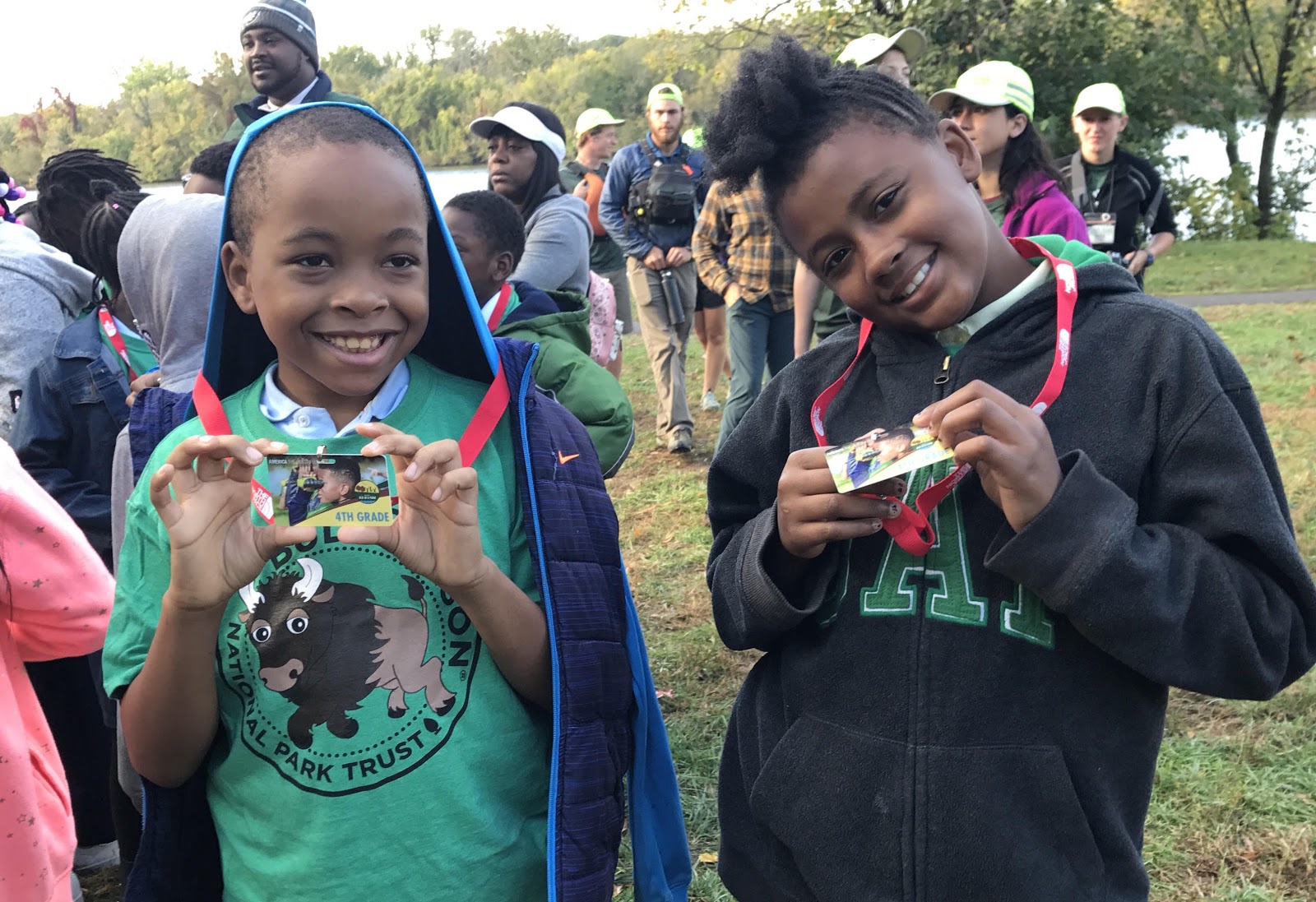The Every Kid Outdoors Act is now the law of the land - no pun intended. An historic public lands package has swept through both chambers of Congress in atypical bipartisan fashion and landed on the president’s desk. The conservation bill includes protections for millions of acres of wild lands and hundreds of miles of rivers. It permanently authorizes the Land and Water Conservation Fund which not only helps to acquire new public lands, but also to expand nearby nature access to local parks and recreation opportunities. The landmark legislation authorizes the 21st Century Conservation Service Corps, creating career pathways in conservation for youth and young veterans. And it establishes a new national monument to civil rights leader and World War II veteran Medgar Evers.
This massive public lands package was years in the making. But the Every Kid Outdoors Act is a relative newcomer, born out of one of the greatest challenges facing our national parks. Audrey and Frank Peterman put it clearly in a recent piece for Audubon: our national parks have a diversity problem.
The Every Kid in a Park program was established in 2015 by President Barack Obama as part of his commitment to ensure that all kids would have an opportunity to visit and enjoy our shared public lands. The program was an invitation to fourth graders and their families, designed to welcome a new generation into national parks.
The program was wildly popular when it was announced. In just the first two years, more than two million fourth graders downloaded their Every Kid in a Park vouchers online. And it was popular across the partisan divide, with both red- and blue-leaning states like Indiana, Maryland, New York, Wyoming, Idaho, and New Mexico adopting the program in their park systems. Nevada’s Republican Governor Brian Sandoval even signed a state law to open up state parks to fifth graders.
I was honored to join the administration and my colleagues in the Outdoors Alliance for Kids (OAK) to help launch the Every Kid in a Park program in Washington, D.C., New York City, and Hawaii. In Detroit, Garrett Dempsey joined partners to host events reaching over 4,000 kids with nature-based opportunities. In Los Angeles, Roberto Morales built partnerships with schools and nonprofits to expand opportunities for fourth graders to visit the San Gabriel Mountains. Youth-serving organizations, like the National Park Trust, Wilderness Inquiry, and many others, leveraged the program to expand outdoor opportunities for the kids they served. Companies like REI and The North Face chipped in, too. Over five million dollars was leveraged from the private sector to support transportation costs for children attending Title 1 schools.
I knew the 2016 election would have consequences. Never did I imagine that this nonpartisan program serving children would be targeted for elimination. But that is exactly what happened. The Outdoors Alliance for Kids began to hear that the new Interior Secretary Ryan Zinke was considering letting the program expire quietly. Members of OAK organized to lend their support. Through a postcard campaign and youth blog series, we collected personal stories from fourth graders about the impact of the program on their own lives.
But we couldn’t take any chances, so in 2017, OAK worked with a bipartisan group of lawmakers to introduce the Every Kid Outdoors Act, legislation that would protect Every Kid in a Park from being eliminated by the Trump administration. We hosted a congressional briefing, lifting up the voices of two young girls who had participated in the program. We hosted a Twitter party with the bill sponsors, including Representative Niki Tsongas of Massachusetts. We organized sign-on letters, congressional testimony, lobby days, and grassroots action alerts.
Despite all the bipartisan support on Capitol Hill, Secretary Zinke made another play to let the Every Kid in a Park program expire. This time he publicly signaled his intent to end the program during testimony in front of a congressional committee, telling senators, "When you give discounted or free passes to elderly, fourth graders, veterans, disabled, and you do it by the carload, there's not a whole lot of people who actually pay at our front door."
OAK collected sign-on letters and grassroots action alerts from nearly 100 organizations and more than 50,000 people, urging Zinke to continue the program. But it was the voices of children that ultimately swayed him to do the right thing. In the spring of 2018, eight kids from military families delivered handwritten postcards from over 1,000 fourth-graders to Secretary Zinke during a meeting organized by the National Park Trust and Blue Star Families. Days later, Zinke announced he would extend the program for one more year.
Thanks to the passage of the Every Kid Outdoors Act, the youth we serve can spend their time exploring and enjoying the outdoors, rather than gearing up to fight to save the program for the third year in a row. Now we just need to make sure that every fourth grader in the U.S. has a chance to use their national park pass, and develop the lifelong connection to nature that all of us deserve to experience. You can download your pass here.
